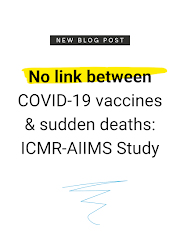 |
| Fmge | NEET PG | INICET PYQ's |
Explanation:
In this case, the 56-year-old woman is presenting with grade II/III uterine prolapse and a cystocele. She complains of passing urine during coughing and sneezing, which is indicative of stress incontinence.
Stress incontinence refers to the involuntary leakage of urine when there is an increase in intra-abdominal pressure, such as during activities like coughing, sneezing, laughing, or performing a Valsalva maneuver. This occurs in the absence of detrusor muscle contraction, and urodynamic studies would typically confirm this finding.
To confirm the diagnosis before surgery, several investigations are conducted, including:
• Stress Test: This test involves the patient being asked to cough while the bladder is full to observe any leakage of urine.
• Cotton Swab or Q-tip Test: This test helps assess the mobility of the bladder neck and urethra.
• Marshall and Bonney’s Test: A test where manual pressure is applied to the vaginal walls to evaluate for urine leakage under stress.
• Urethroscopy: A direct visualization of the urethra to check for any abnormalities.
In this case, the correct diagnosis is C. Stress incontinence.
Stress incontinence refers to the involuntary leakage of urine when there is an increase in intra-abdominal pressure, such as during activities like coughing, sneezing, laughing, or performing a Valsalva maneuver. This occurs in the absence of detrusor muscle contraction, and urodynamic studies would typically confirm this finding.
To confirm the diagnosis before surgery, several investigations are conducted, including:
• Stress Test: This test involves the patient being asked to cough while the bladder is full to observe any leakage of urine.
• Cotton Swab or Q-tip Test: This test helps assess the mobility of the bladder neck and urethra.
• Marshall and Bonney’s Test: A test where manual pressure is applied to the vaginal walls to evaluate for urine leakage under stress.
• Urethroscopy: A direct visualization of the urethra to check for any abnormalities.
In this case, the correct diagnosis is C. Stress incontinence.









0 Comments